The Science of Fingerprints
The Science of Fingerprints
Classification and Uses
This booklet concerning the study of fingerprints has been prepared by the Federal Bureau of Investigation for the use of interested law enforcement officers and agencies, particularly those which may be contemplating the inauguration of fingerprint identification files. It is based on many years' experience in fingerprint identification work out of which has developed the largest collection of classified fingerprints in the world. Inasmuch as this publication may serve as a general reference on classification and other phases of fingerprint identification work, the systems utilized in the Identification Division of the Federal Bureau of Investigation are set forth fully. The problem of pattern interpretation, in particular, is discussed in detail.
Book Excerpt
patterns may be further divided into sub-groups by means of the smaller differences existing between the patterns in the same general group. These divisions are as follows:
I. ARCH
a. Plain arch. b. Tented arch.
II. LOOP
a. Radial loop. b. Ulnar loop.
III. WHORL
a. Plain whorl. b. Central pocket loop. c. Double loop. d. Accidental whorl.
Illustrations 1 to 10 are examples of the various types of fingerprint patterns.
[Illustration: 1. Plain arch.]
[Illustration: 2. Tented arch.]
[Illustration: 3. Tented arch.]
[Illustration: 4. Loop.]
[Illustration: 5. Loop.]
[Illustration: 6. Central pocket loop.]
[Illustration: 7. Plain whorl.]
[Illustration: 8. Double loop.]
[Illustration: 9. Double loop.]
[Illustration: 10. Accidental.]
Interpretation
Before pattern definition can be understood, it is necessary
Editor's choice
(view all)Popular books in Non-fiction, Science, Post-1930
Readers reviews
0.0
LoginSign up
Be the first to review this book
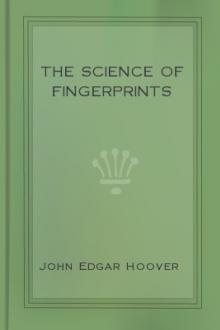
 Free Download
Free Download













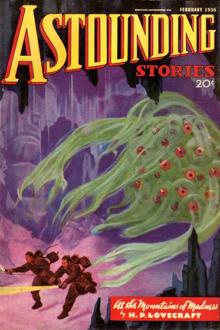



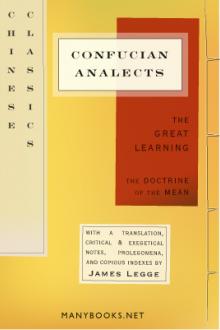


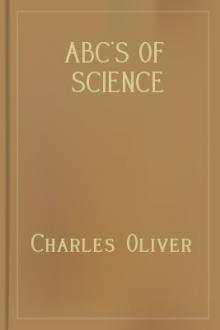
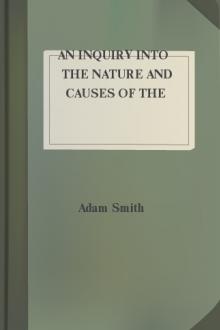

-itok=vcKIB5v1.jpg)
